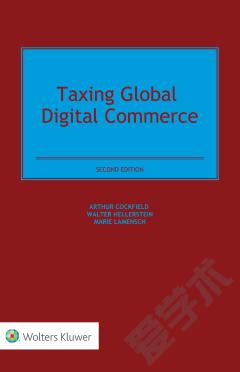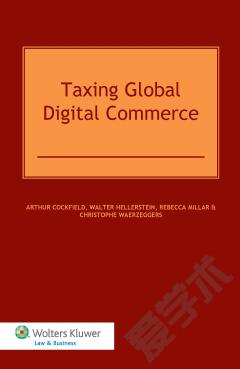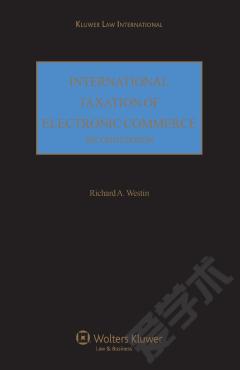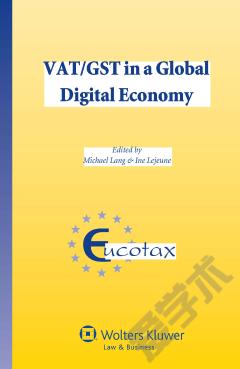Taxing Global Digital Commerce
Digital commerce – the use of computer networks to facilitate transactions involving the production, distribution, sale, and delivery of goods and services – has grown from merely streamlining relations between consumer and business to a much more robust phenomenon embracing efficient business processes within a firm and between firms. Inevitably, the related taxation issues have grown as well. This latest edition of the preeminent text on the taxation of digital transactions revises, updates and expands the book’s coverage. It includes a detailed and up-to-date analysis of income tax and VAT developments regarding digital commerce under the OECD and G20 Base Erosion and Profit Shifting (BEPS) reforms. It explores the implications of digital commerce for US state sales and use tax regimes resulting from the 2018 US Supreme Court decision in Wayfair. It discusses cross-border tax in the United States while continuing to focus on tax developments throughout the world. Analysing the practical tax consequences of digital commerce from a multijurisdictional perspective, and using examples to illustrate the application of different taxes to digital commerce transactions, the book offers in-depth treatment of such topics as the following: how tax rules governing cross-border digital commerce are increasingly applied to all cross-border activities; how tax rules and institutional processes have evolved to confront challenges posed by digital commerce; how an emerging ‘tax war’ is developing whereby different countries are unilaterally imposing new tax rules on cross-border digital commerce; how technology enhances tax and cross-border tax information exchanges; how technology reduces both compliance and enforcement costs; cross-border consumption tax issues raised by cloud computing; and different approaches to the legal design of VAT place of taxation rules. The authors offer insightful views on the likely development of new approaches to taxing cross-border digital commerce. This edition, while building on the analysis of the relationship between traditional tax laws and the Internet in the first edition and its predecessors, contains a more explicit and systematic consideration of digital commerce issues and the ongoing policy responses to them. Tax professionals and academics everywhere will welcome the important contribution it makes towards the design of cross-border tax rules that are both conceptually sound and practical in application. ‘A tour de force … much larger and richer than its predecessors … a massive contribution to the growing literature on the taxation of e-commerce.’ – Rita de la Feria, British Tax Review ‘Provides important understandings for ongoing policy discussions … I would warmly recommend.’ – P. Rendahl, World Journal of VAT/GST Law
{{comment.content}}








 京公网安备 11010802027623号
京公网安备 11010802027623号